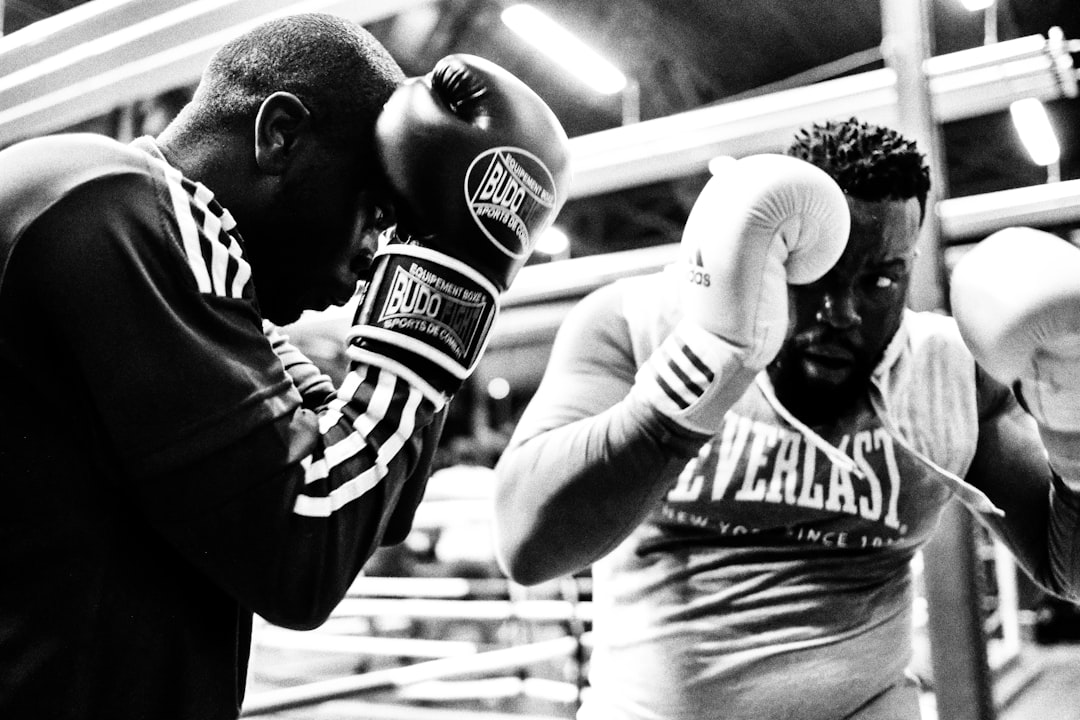What is it about?
The “Good-Enough Level” (GEL) model proposes that people respond differentially to psychotherapy, and that the typical curvilinear “dose-response” shape of change may be an artefact of aggregation. In this paper we examined whether different sub-groups of adults accessing psychotherapy respond to therapy at different rates and whether the shape of change is linear or non-linear. Although rates of change varied in line with the GEL, most people responded within defined boundaries described in the dose-response literature. We therefore refer to the term “boundaried responsive regulation” to describe the relationship between treatment duration and outcomes.
Featured Image

Photo by Markus Spiske on Unsplash
Why is it important?
The amount and length of psychotherapy offered varies across countries, service providers and service users. Understanding how and why this varies and how much flexibility should be offered is a key area of concern, with an impact on resource allocation and responsivity to need.
Perspectives
We found it interesting to understand methodological differences in the literature, in particular noting the differences between studies or services that use planned and fixed endings versus those that are more open-ended and include drop-out. We hope that the research will be helpful for those delivering services in terms of understanding more about the flexibility required to be responsive to need but also that this can nonetheless be contained within dose response guidelines.
Claire Bone
University of Sheffield
Read the Original
This page is a summary of: A systematic review and meta-analysis of the good-enough level (GEL) literature., Journal of Counseling Psychology, March 2021, American Psychological Association (APA),
DOI: 10.1037/cou0000521.
You can read the full text:
Contributors
The following have contributed to this page










